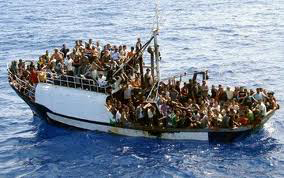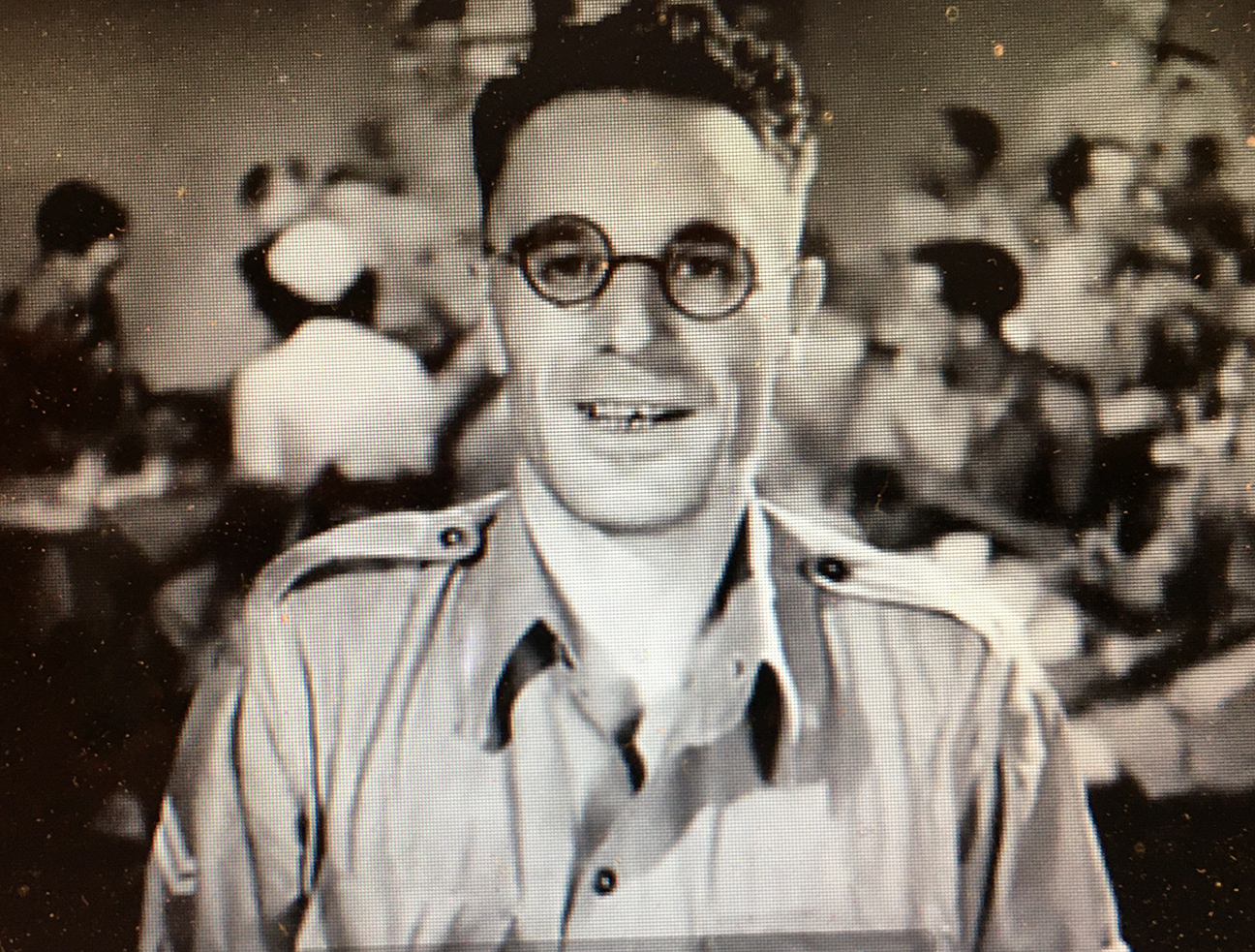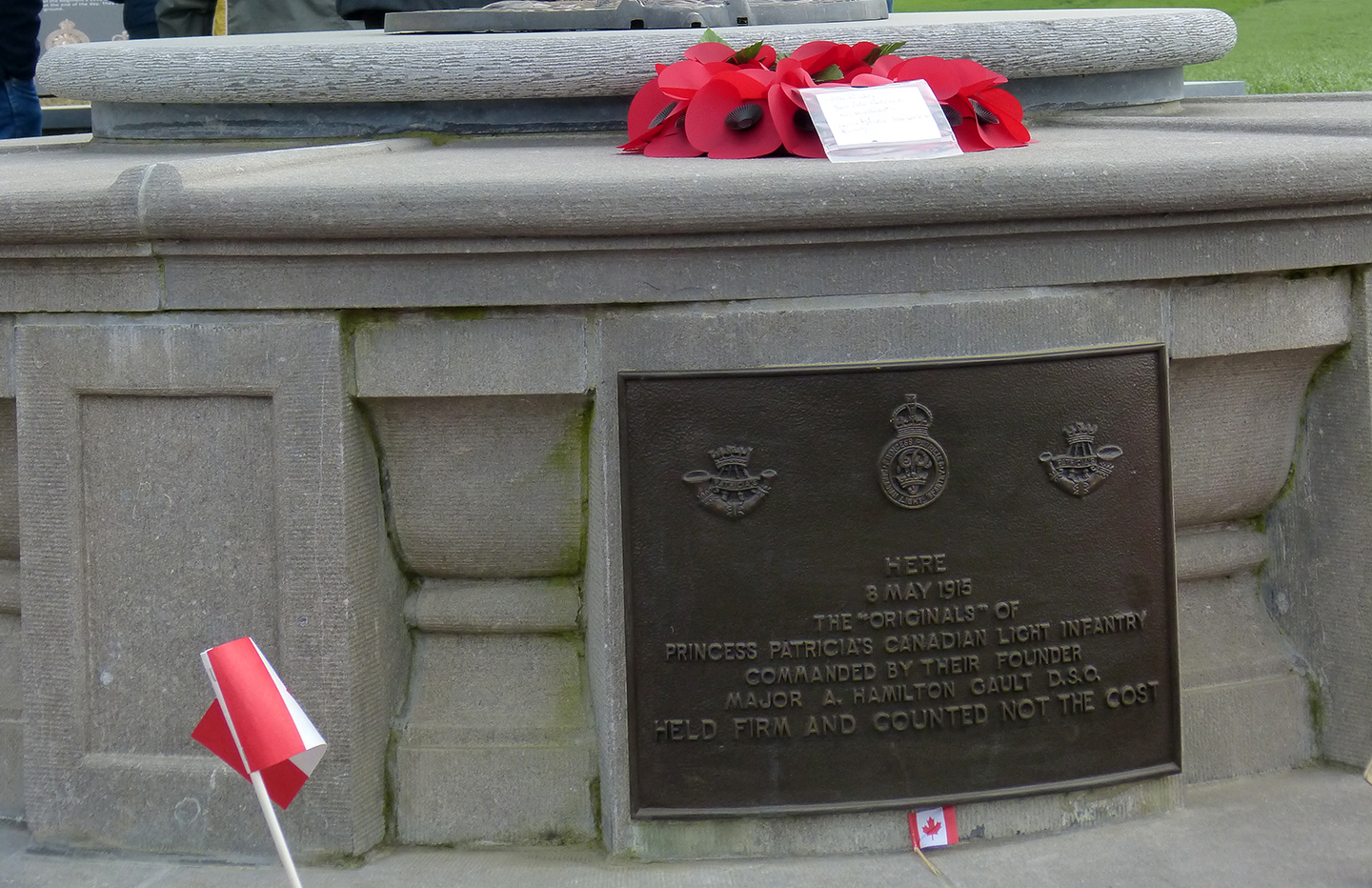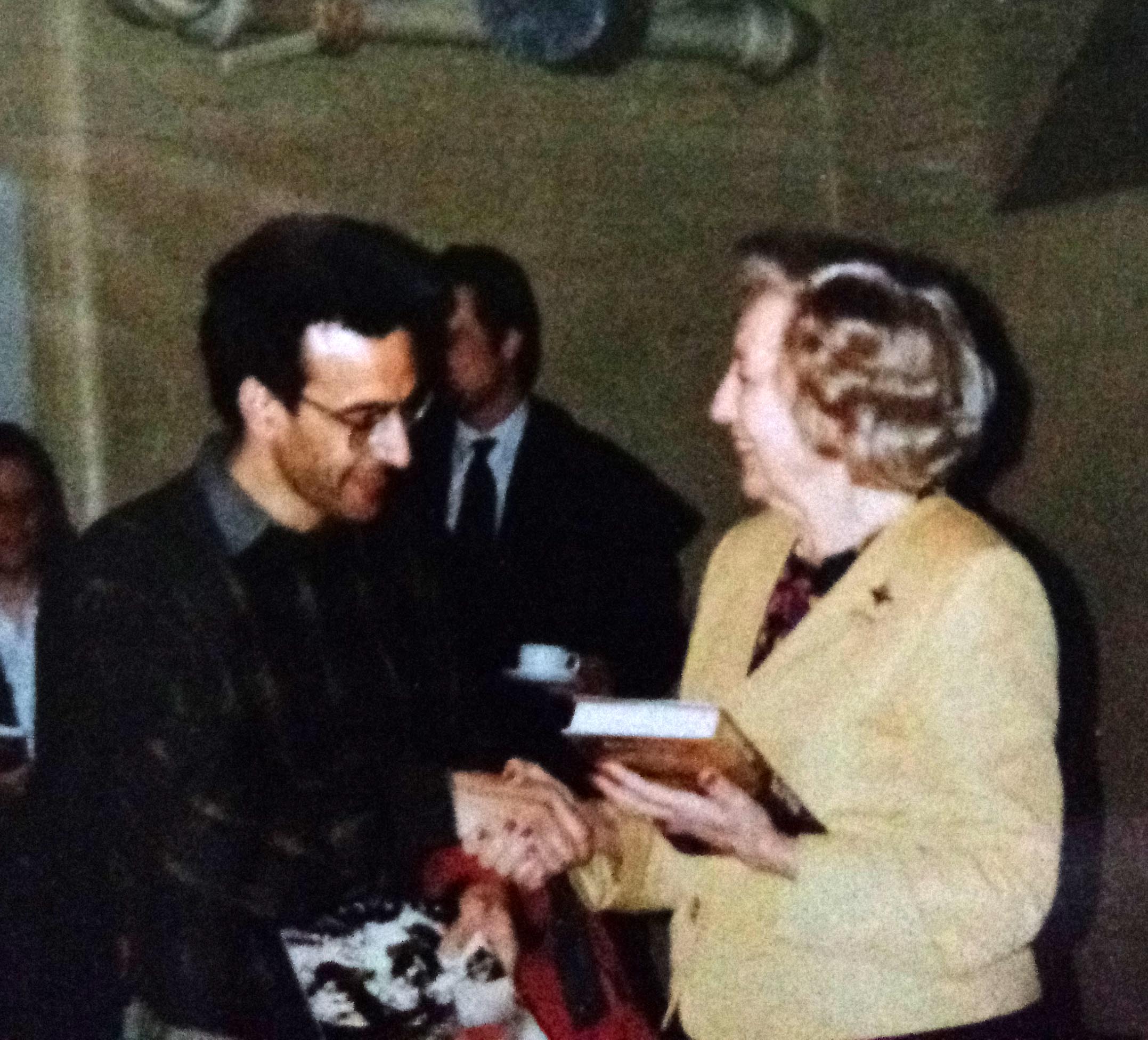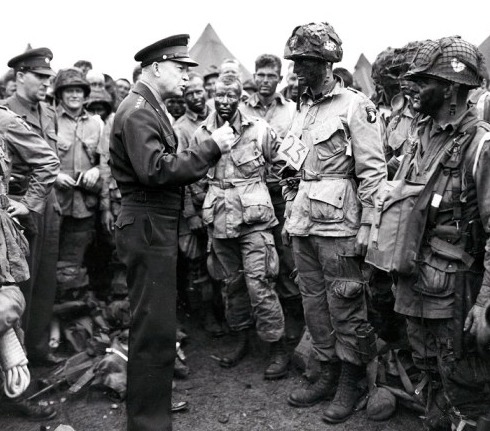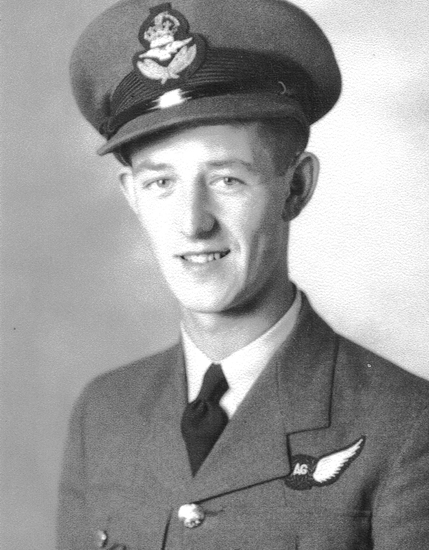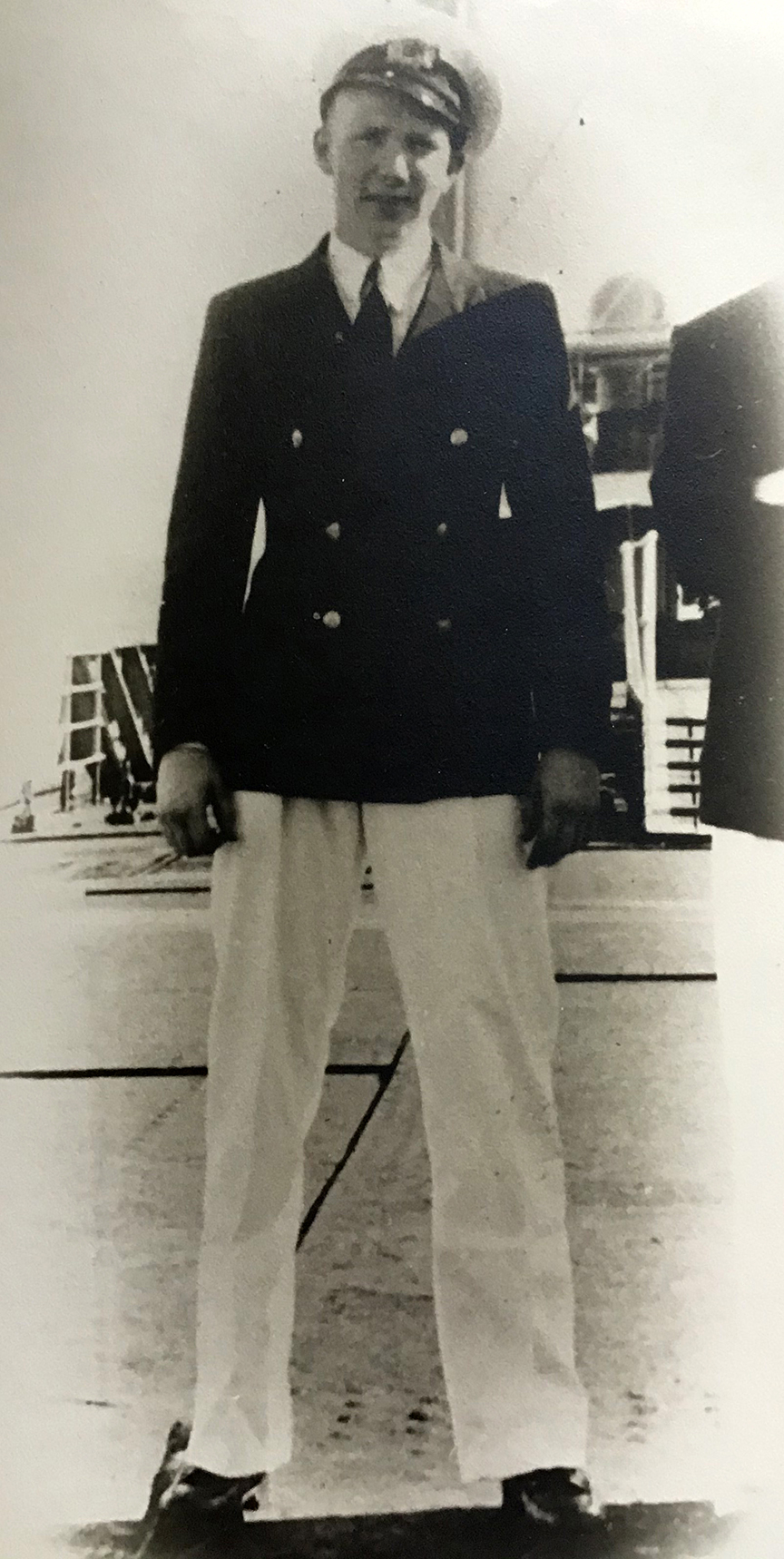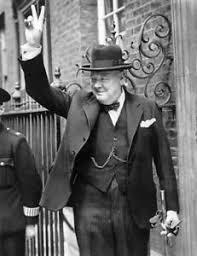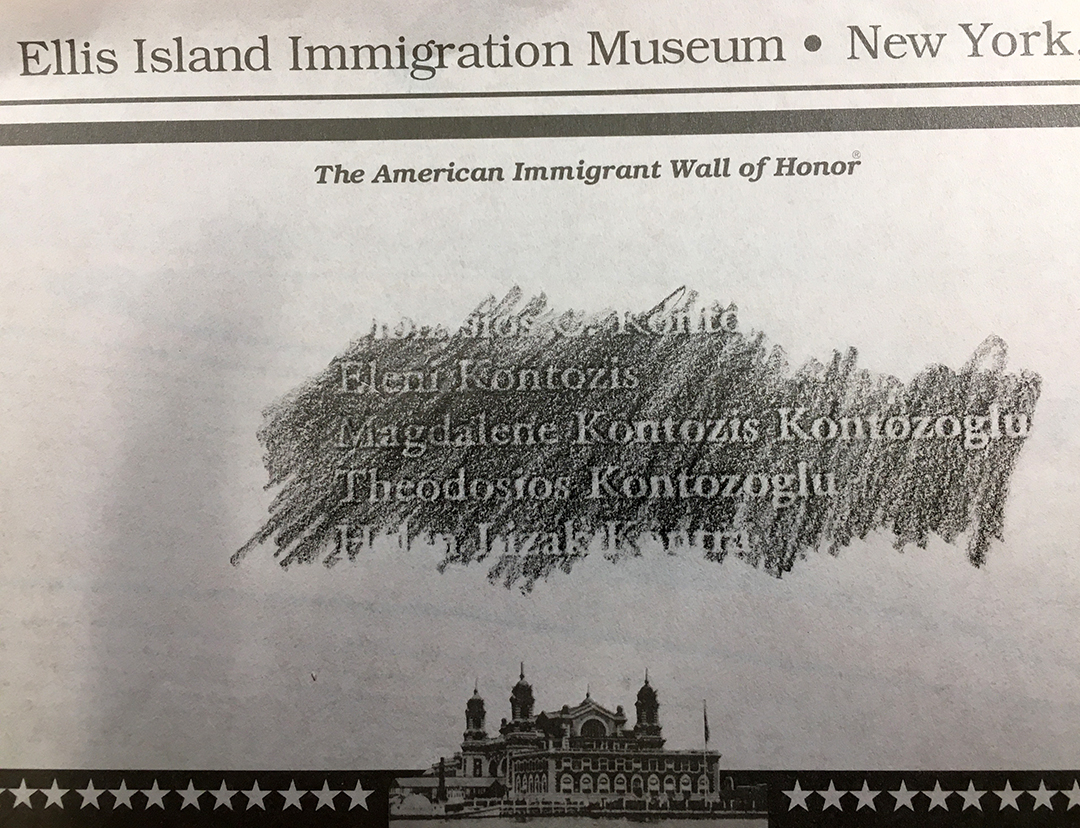 It’s just a small, rectangular piece of onion-skin paper. It was handed to us at the entrance to the exhibit, at the site of a national monument, actually. They also gave us a soft-lead pencil with the paper. It was up to us to find the information we wanted. And we did. Partway along a wall – several hundred yards long and four-feet high – containing the inscribed names of thousands and thousands of immigrants, we found the names we were looking for.
It’s just a small, rectangular piece of onion-skin paper. It was handed to us at the entrance to the exhibit, at the site of a national monument, actually. They also gave us a soft-lead pencil with the paper. It was up to us to find the information we wanted. And we did. Partway along a wall – several hundred yards long and four-feet high – containing the inscribed names of thousands and thousands of immigrants, we found the names we were looking for.
“Magdalene Kontozis Kontozoglu,” read one name, and below it, “Theodosios Kontozolglu.” (more…)

